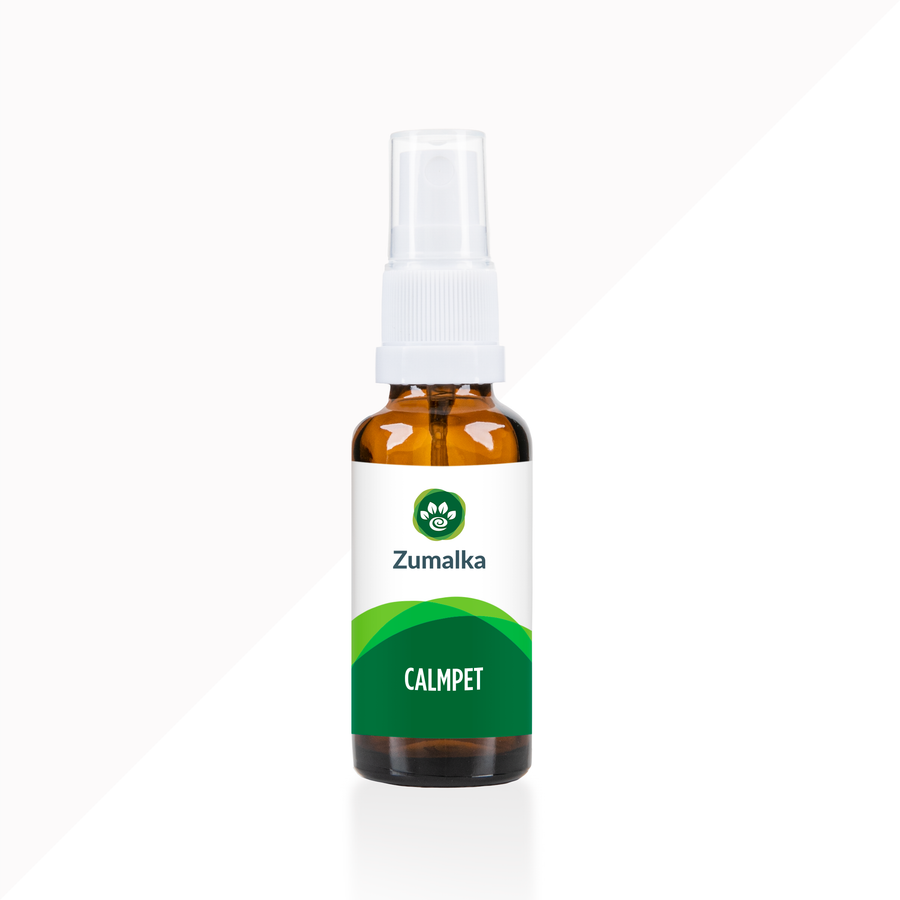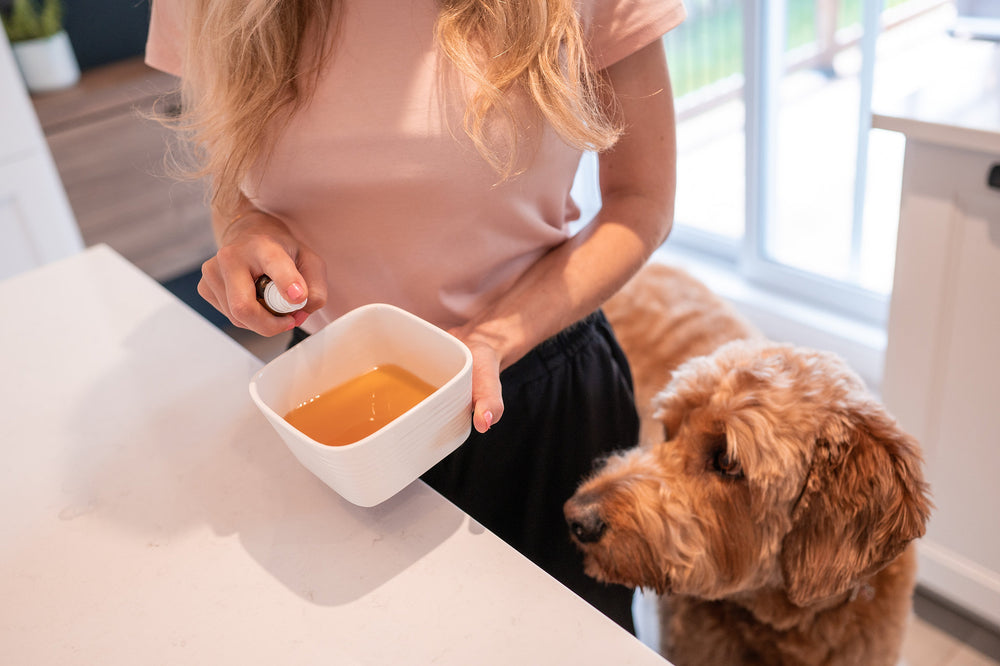Vet Insights: Keeping Senior Boston Terriers Healthy Through Exercise
List of Contents
Boston Terriers are affectionate, lively dogs that bring lasting joy to their families. As they grow older, their care needs change, especially when it comes to exercise. Providing the right type and amount of physical activity is key to keeping your senior Boston Terrier healthy, happy, and active.
For senior Boston Terriers, staying active is vital to healthy aging. Consistent, low-impact exercise can help prevent arthritis, muscle loss, and stiffness. An appropriate fitness routine supports mobility, comfort, and overall well-being in your dog’s later years.
Keeping your senior Boston Terrier active is key to their long-term health and happiness. This guide covers the best exercise practices tailored to aging Boston Terriers. With the right routine, your dog can stay engaged, comfortable, and thriving well into their golden years.
Understanding the Changing Exercise Needs of Senior Boston Terriers

As Boston Terriers reach middle age (5-7 years) and senior years (8 years+), their energy levels naturally decline, and their exercise needs adjust accordingly. While adult Boston Terriers typically require 30–60 minutes of daily activity, seniors often benefit from shorter, more manageable sessions. Tailoring exercise to your senior dog’s energy and mobility helps maintain health without overexertion.
Even with lower energy levels, regular exercise remains vital for senior Boston Terriers. It supports a healthy weight, strengthens muscles, and keeps their minds stimulated. Continued activity also helps prevent boredom-related behaviors and promotes overall well-being.
Monitoring your senior Boston Terrier during exercise is essential to ensure their comfort and safety. Adjust activity levels based on their mobility, energy, and response to physical exertion.
Top Exercise Recommendations for Senior Boston Terriers

Many dog owners mistakenly believe that any exercise is enough for senior Boston Terriers. In reality, aging dogs require carefully tailored activities that match their physical limitations and health needs. Keeping key safety considerations in mind ensures your senior Boston Terrier stays active without risk of injury.
Gentle walks
Gentle walks are one of the best low-impact exercises for senior Boston Terriers. Regular walks support joint health, maintain muscle tone, and stimulate mental engagement. Short, consistent outings can greatly enhance your senior dog’s overall well-being without causing strain.
Shorter, more leisurely walks are ideal for senior Boston Terriers. Rather than a single long outing, aim for two to three brief walks spread throughout the day. This approach helps prevent fatigue while still supporting mobility and mental stimulation.
Always monitor your senior Boston Terrier’s pace and energy during walks. If they seem stiff, tired, or uncomfortable afterward, it’s a sign the duration may be too long. Adjusting the length and intensity helps keep exercise safe and beneficial.
Choosing the right surface is important when exercising senior Boston Terriers. Grass and sand provide gentle cushioning that reduces joint strain. Avoid asphalt and gravel, especially in hot weather, as they can damage sensitive paw pads and increase discomfort.
Swimming sessions
Swimming offers a safe, low-impact workout that’s gentle on a senior Boston Terrier’s joints. It provides full-body exercise while improving strength, mobility, and cardiovascular health. With proper supervision, swimming can be an enjoyable and effective way to keep your senior dog active.
Supervision is essential when your Boston Terrier is in the water, as some may struggle to stay afloat. A secure, well-fitted life vest adds important protection, especially in deep water or for weaker swimmers. These safety measures help ensure a safe and enjoyable experience.
Swimming is commonly used in canine physical therapy to support recovery from injuries or surgery. Its low-impact nature helps improve strength and mobility without putting stress on healing joints. For senior Boston Terriers, it can be a gentle yet effective part of a rehabilitation plan.
Indoor enrichment and mental stimulation
Boston Terriers are naturally intelligent and benefit from regular mental stimulation. As they age, mental workouts remain just as important as physical exercise. Engaging their minds helps prevent cognitive decline, reduces boredom, and promotes a calm, balanced senior dog.
- Puzzle feeders and other interactive toys are excellent for keeping senior Boston Terriers mentally sharp. Stuffing specialized toys with treats or kibble can engage their attention and provide rewarding stimulation. These simple enrichment tools help prevent boredom and support cognitive function as your dog ages.
- Scent games are an excellent way to keep senior Boston Terriers mentally active. Simply hide treats or toys around the home to engage their natural sniffing instincts. This enriching activity adds variety to their day and supports cognitive well-being.
- Teaching new tricks is a great way to keep senior Boston Terriers mentally engaged. These intelligent dogs enjoy learning and thrive on positive interaction with their owners. Regular training sessions support cognitive function and strengthen the human–dog bond.
- Rotating your senior Boston Terrier’s toys helps keep their environment fresh and stimulating. Introducing new toys weekly while temporarily storing others maintains interest and prevents boredom. This simple strategy supports mental engagement and encourages continued play.
- Gentle indoor games are perfect for keeping senior Boston Terriers active without putting strain on their joints. Activities like slow-paced fetch or tug with soft toys offer both physical and mental stimulation. These low-impact games help maintain mobility while keeping your dog engaged and happy indoors.
Key Considerations for Safe Exercise in Senior Boston Terriers

Exercise for senior Boston Terriers should be both enjoyable and safe to support their overall health. This section highlights key considerations to help you create a balanced, age-appropriate exercise routine.
Get professional guidance for your senior Boston Terrier’s health
Regular veterinary visits are vital to keeping senior Boston Terriers healthy and comfortable as they age. Aim for check-ups at least twice a year to catch potential issues early and adjust their care plan. Complementary options like pet homeopathy may also help support overall wellness.
Always discuss health concerns like osteoarthritis or hip dysplasia with your veterinarian. They can recommend safe, joint-friendly exercises that help reduce discomfort and build strength. Avoid self-treating these conditions without professional guidance to prevent further harm.
Use a harness designed for brachycephalic dogs
Boston Terriers are a brachycephalic breed, meaning their flat faces can make breathing more difficult during physical activity. Using a specially designed, brachycephalic-friendly harness reduces pressure on the airway and improves comfort. This type of harness supports safer, more effective exercise for senior Boston Terriers.
Choose a harness with a wide, padded chest piece to distribute pressure evenly across your Boston Terrier’s body. This design helps prevent chest compression and supports easier breathing, especially important for brachycephalic breeds. A well-fitted harness ensures comfort and safety during walks and gentle exercise.
Prioritize comfort and safety in senior Boston Terrier exercise
Your senior Boston Terrier’s comfort and well-being should always come first during exercise. If an activity causes pain, strain, or noticeable discomfort, it’s best to stop immediately. Prioritizing gentle, appropriate movement helps prevent injury and supports long-term health.
Senior Boston Terriers are more sensitive to extreme temperatures, making climate awareness essential during exercise. Avoid walks during peak heat or freezing conditions to prevent overheating or frostbite. Opt for mild weather and cooler times of day to keep your dog safe and comfortable.
Cross-training for senior Boston Terriers (with vet and pet homeopathy guidance)
Cross-training offers a balanced approach to exercise by allowing some muscle groups to rest while engaging others. Gentle activities like dog yoga or canine Pilates can improve flexibility, strength, and mental focus. With vet or holistic guidance, these low-impact exercises are ideal for senior Boston Terriers.
Boost mobility in older dogs with premium natural joint support
If your pet struggles with mobility, stiffness, or joint discomfort, we understand how it affects their quality of life. That’s why Zumalka developed GET UP N GO, a natural joint support formula to help ease pain and improve flexibility. Safe for both cats and dogs, GET UP N GO is designed to help them move comfortably and stay active.
For overall joint health, Zumalka’s JOINT & HIP SUPPORT provides essential nutrients to maintain mobility and flexibility. In cases where arthritis has developed, our GET UP N GO offers targeted relief to ease discomfort and support active living.
Key Takeaways
As Boston Terriers age, their exercise routines should evolve to match their changing abilities. Gentle, low-impact activities help maintain their physical health, mental sharpness, and overall quality of life. By ensuring comfort and safety, you can support your senior dog in staying active and thriving throughout their golden years.
Combining gentle physical exercise, mental enrichment, and consistent veterinary and pet homeopathy care helps your senior Boston Terrier stay healthy and content. This well-rounded approach supports their body, mind, and overall quality of life. With thoughtful care, your Boston Terrier can thrive well into their golden years.
FAQs
What is the best exercise for a Boston Terrier?
The best exercise for a Boston Terrier includes daily walks, gentle play, and mentally stimulating activities like puzzle toys. These low-impact exercises help maintain their energy, weight, and overall health safely.
How many minutes should a Boston Terrier be walked for a day?
Boston Terriers should be walked for 30 to 60 minutes per day, ideally split into two or more sessions. This helps maintain a healthy weight, supports joint health, and provides essential mental stimulation.
What is the best exercise for senior dogs?
The best exercise for senior dogs includes low-impact activities like short walks, swimming, and gentle indoor games. These exercises support joint health, maintain muscle tone, and promote mental stimulation without overexertion.
How much exercise do Boston Terriers need a day?
Boston Terriers typically need 30 to 60 minutes of exercise per day. This should include walks, playtime, and mental stimulation to support their physical health, prevent boredom, and maintain a balanced energy level.
At what age is a Boston Terrier a senior?
A Boston Terrier is generally considered a senior around 7 to 8 years of age. At this stage, their energy levels, metabolism, and exercise needs change, requiring more tailored care and regular health monitoring.
What not to do with a Boston Terrier?
Avoid overexerting your Boston Terrier, exposing them to extreme temperatures, or using harsh training methods. Their brachycephalic nature makes gentle handling, moderate exercise, and positive reinforcement essential for their health and well-being.
What is the main cause of death in Boston Terriers?
Cancer, along with respiratory problems (brachycephalic obstructive airway syndrome or BOAS), is the most common cause of death in Boston Terriers, particularly affecting the brain, heart, and skin. Heart disease and respiratory issues related to their brachycephalic structure are also frequent contributors.
What is the lifespan of a Frenchton?
The average lifespan of a Frenchton, a French Bulldog and Boston Terrier mix, ranges from 12 to 15 years. With proper care, exercise, and regular vet checkups, they can live long, healthy lives.
Are Boston Terriers good for seniors?
Yes, Boston Terriers are great for seniors due to their small size, affectionate nature, and moderate exercise needs. They’re easy to handle, thrive on companionship, and adapt well to calm, indoor lifestyles with older adults.









Leave a comment